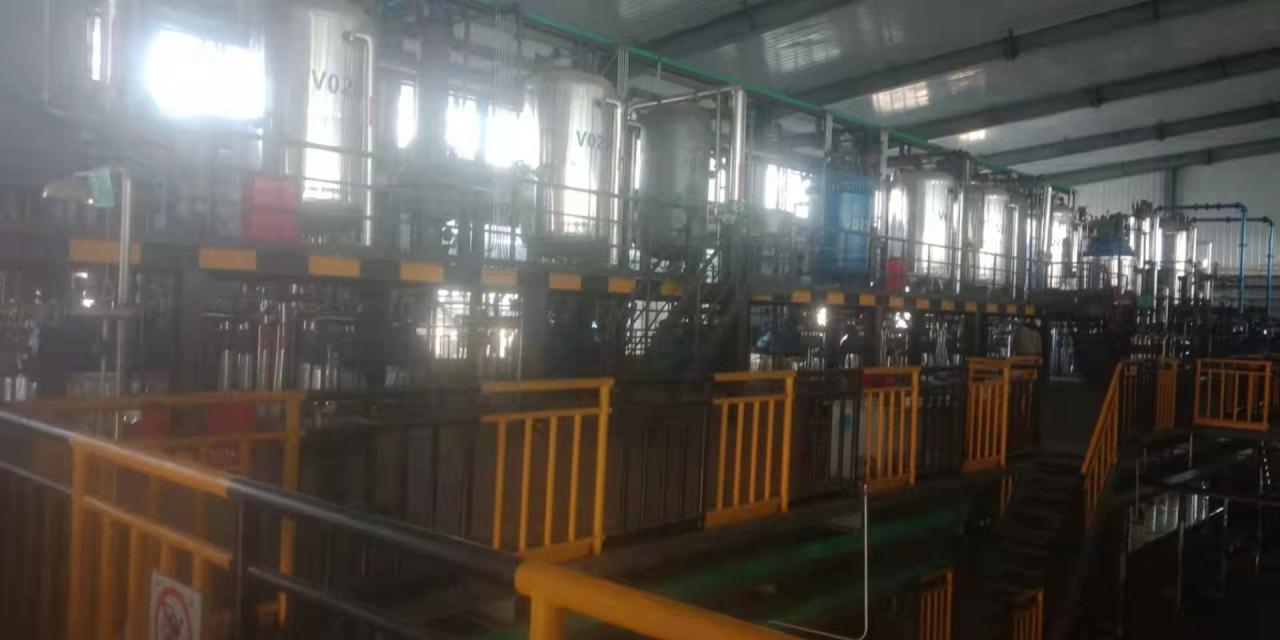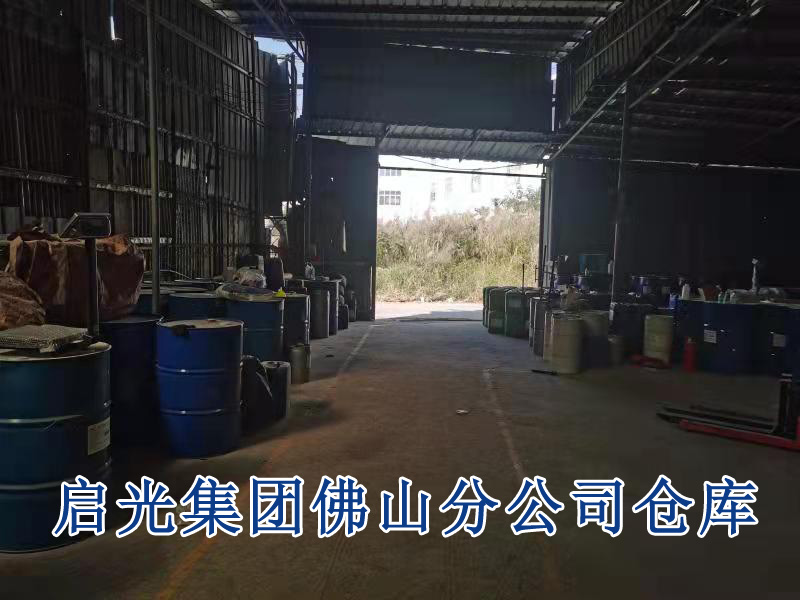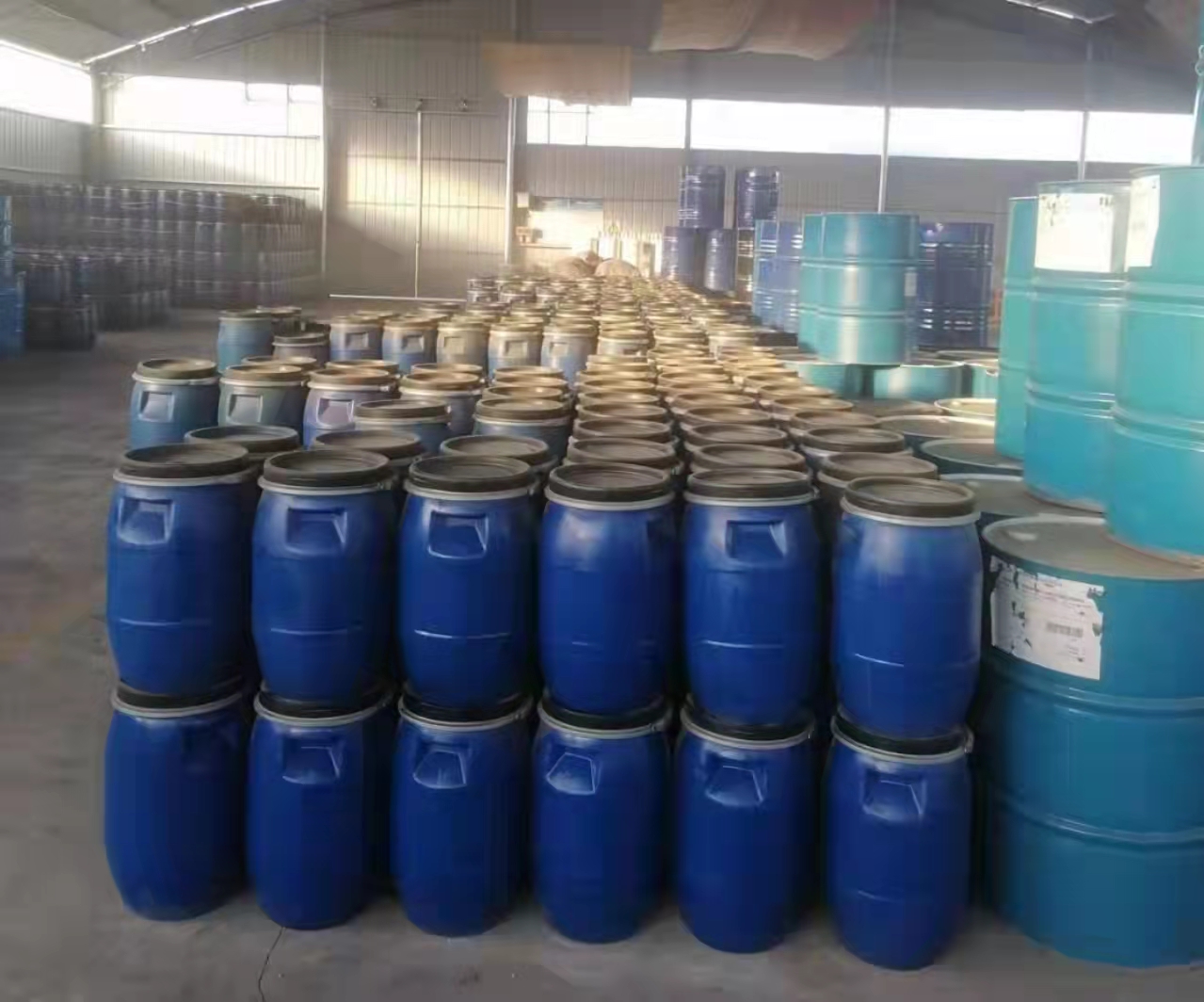Does polyurethane foam shrink?
Affected by construction conditions, equipment, technology and the environment, rigid polyurethane foam will have various abnormal phenomena during the construction process, ultimately causing product quality problems. Now analyze various situations as follows:

1. Materials A and B do not foam after being mixed: ①The temperature of the material is low; ②The distribution ratio of the two groups is inaccurate; ③The catalyst is missing; ④The quality of material B is poor; ⑤The foaming agent is missing.
2. Shrinkage of rigid polyurethane foam: ① There are many components in material A, which reduces the strength of rigid polyurethane foam and causes shrinkage; ② The material and liquid in the spray gun are unevenly mixed, the spray air is too small, or the viscosity of the material is too high; ③ The solidification is too fast, More closed pores are formed; ④ The gas expands and deforms due to thermal expansion and contraction.
3. Polyurethane hard foam is crispy: ① There are too many ingredients in material B; ② Too much moisture; ③ The temperature of the working surface is too low; ④ Material B has a high acid value and contains many impurities; ⑤ Too much flame retardant is added.

4. The polyurethane rigid foam is too soft and matures too slowly: ① The component B is small; ② There is too little tin catalyst in material A; ③ The air temperature, material temperature and blanking surface temperature are low.
5. Collapse of polyurethane hard foam: ① Foaming gas is generated too quickly, and the amine catalyst in material A should be reduced
Dosage; ② The foaming agent fails or is alkaline; ③ The catalyst fails or is missing, the tin catalyst in material A should be added; ④ The acid value of the raw material is high.
6. The polyurethane hard foam has large holes: ① The foaming agent is ineffective or missing; ② There is a lot of moisture (moisture in the foaming agent or polyether); ③ Materials A and B are unevenly mixed; ④ Material B has low purity and contains The total chlorine or acid value is high; ⑤The gas generation rate is faster than that of gel.
7. Polyurethane rigid foam cracks or gets heartburn: ① The material temperature is high; ② The catalyst is too much; ③ The amount of one pouring is too large and the foam is too thick; ④ When using water as a foaming agent, too much is added; ⑤ There is metal in the material Salt impurities.
8. Polyurethane hard foam falls off: ① The spraying working surface has high humidity, which makes the reaction incomplete, and the bottom foam becomes crispy, brittle, and powdery; ② The sprayed working surface is unclean, oily, and dusty
9. Smoke escapes from polyurethane hard foam: ① The amount of catalyst is too high; ② The hydroxyl value of the polyether is too high; ③ The material temperature is too high, etc.

From the analysis of the above reasons, in addition to objective factors, there are many factors involved in the component of material A. In actual production, adjusting viscosity, milky time, foaming time, curing time, etc. is mainly to adjust material A.
Polyurethane rigid foam is not just a mixture of materials A and B. It is not difficult to understand the principle of producing rigid polyurethane foam and the interaction between the components, comprehensively analyze all factors, and analyze them in a targeted manner to determine the problems. Produce high-quality polyurethane rigid foam products.